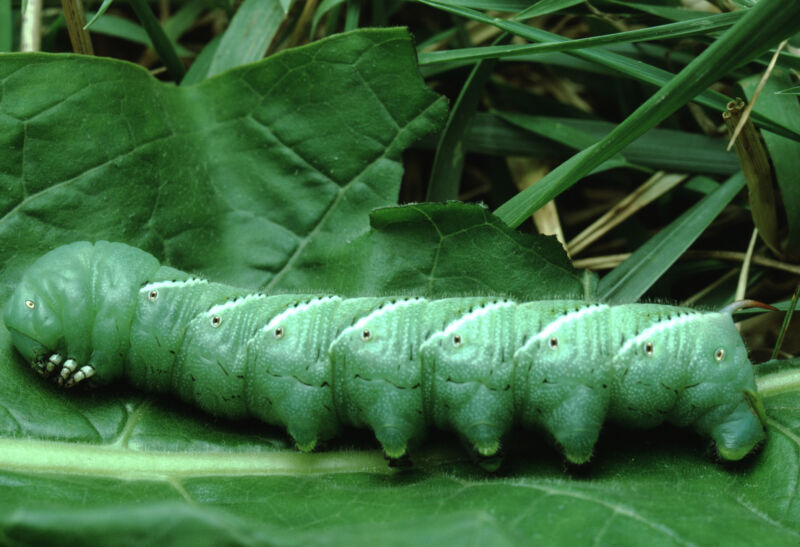How insect blood stops bleeding fast

What if human blood turned into a sort of rubbery slime that can bounce back into a wound and stop it from bleeding in record time?
Until now, it was a mystery how hemolymph, or insect blood, was able to clot so quickly outside the body. Researchers from Clemson University have finally figured out how this works through observing caterpillars and cockroaches. By changing its physical properties, the blood of these animals can seal wounds in about a minute because the watery hemolymph that initially bleeds out turns into a viscoelastic substance outside of the body and retracts back to the wound.
In insects vulnerable to dehydration, the mechanistic reaction of blood after wounding is rapid," the research team said in a study recently published in Frontiers in Soft Matter. It allows insects to minimize blood loss by sealing the wound and forming primary clots that provide scaffolding for the formation of new tissue."